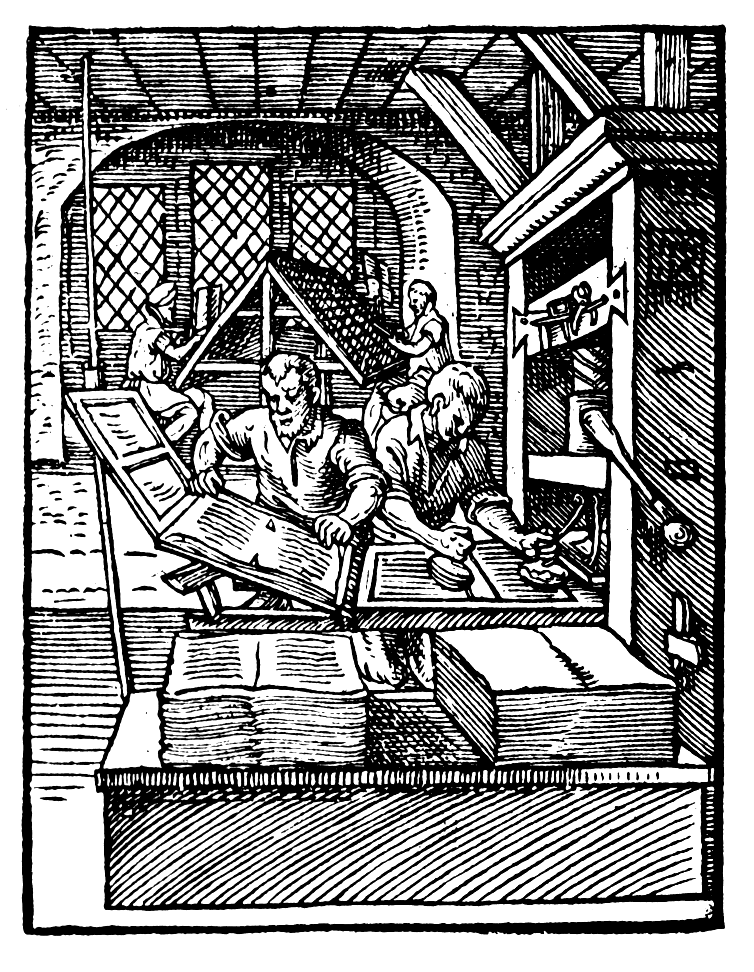Techno History is a informational blog that contains the storyline of the technology evolution and its inventors.
Thursday, September 23, 2010
João Gutenberg and the invention of the book printer
Johannes Gensfleisch zur Laden zum Gutenberg (c. 1398 – February 3, 1468) was a German goldsmith and printer who introduced modern book printing. His invention of mechanical movable type printing started the Printing Revolution and is widely regarded as the most important event of the modern period.[1] It played a key role in the development of the Renaissance, Reformation and the Scientific Revolution and laid the material basis for the modern knowledge-based economy and the spread of learning to the masses.[2]
Gutenberg was the first European to use movable type printing, in around 1439, and the global inventor of the printing press. Among his many contributions to printing are: the invention of a process for mass-producing movable type; the use of oil-based ink; and the use of a wooden printing press similar to the agricultural screw presses of the period. His truly epochal invention was the combination of these elements into a practical system which allowed the mass production of printed books and was economically viable for printers and readers alike. Gutenberg's method for making type is traditionally considered to have included a type metal alloy and a hand mould for casting type.
The use of movable type was a marked improvement on the handwritten manuscript, which was the existing method of book production in Europe, and upon woodblock printing, and revolutionized European book-making. Gutenberg's printing technology spread rapidly throughout Europe and later the world.
His major work, the Gutenberg Bible (also known as the 42-line Bible), has been acclaimed for its high aesthetic and technical quality.
Subscribe to:
Post Comments (Atom)

No comments:
Post a Comment